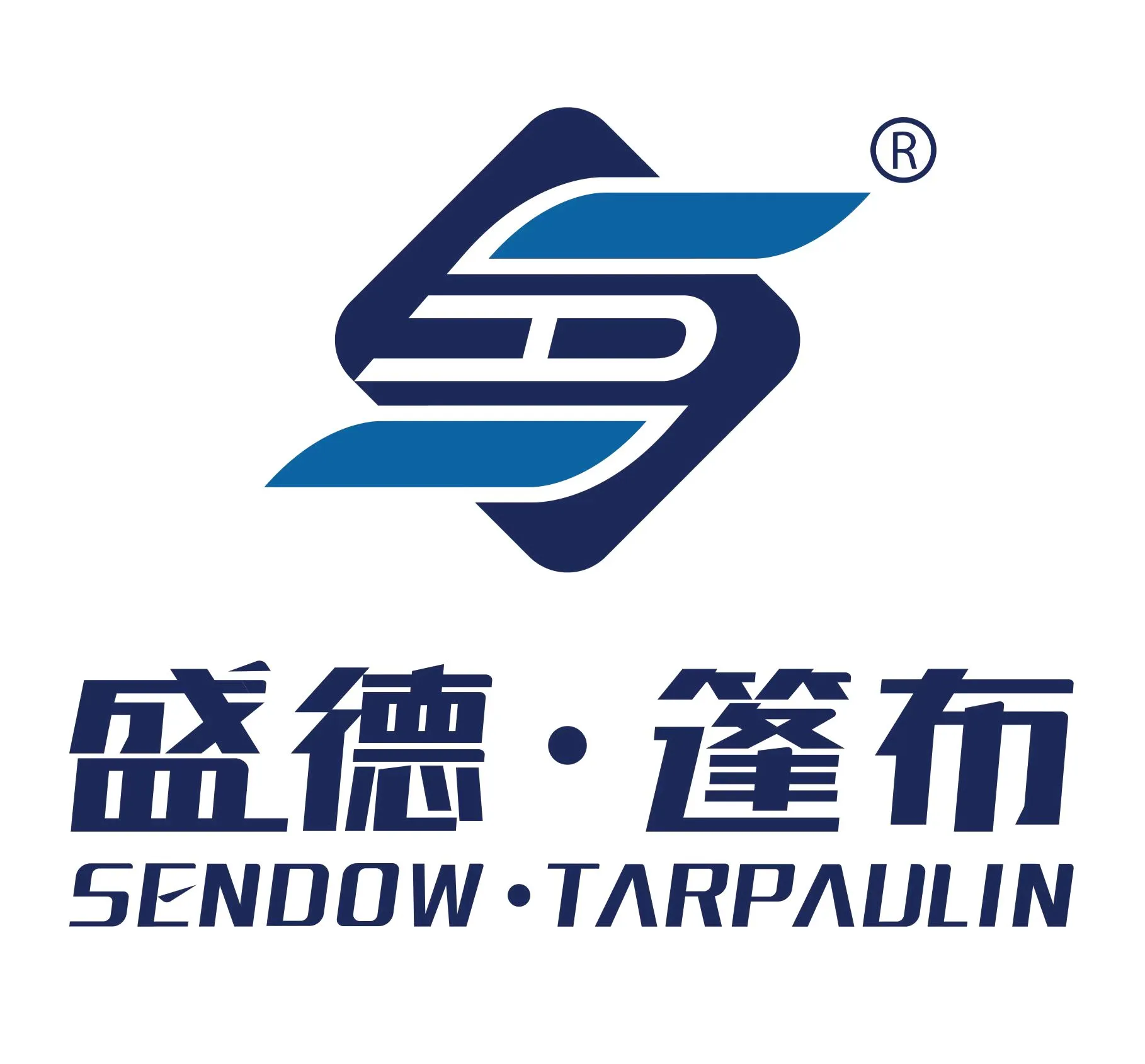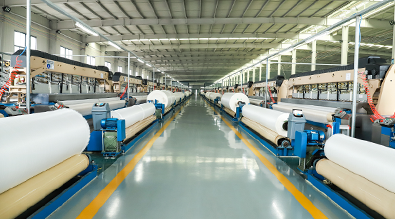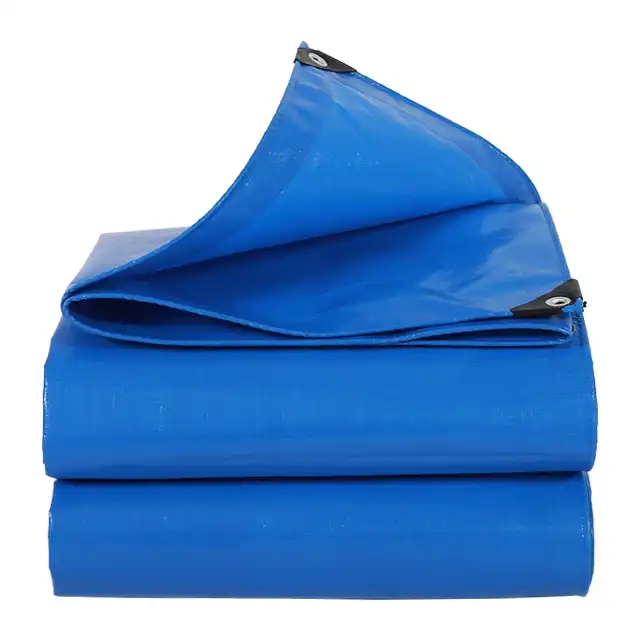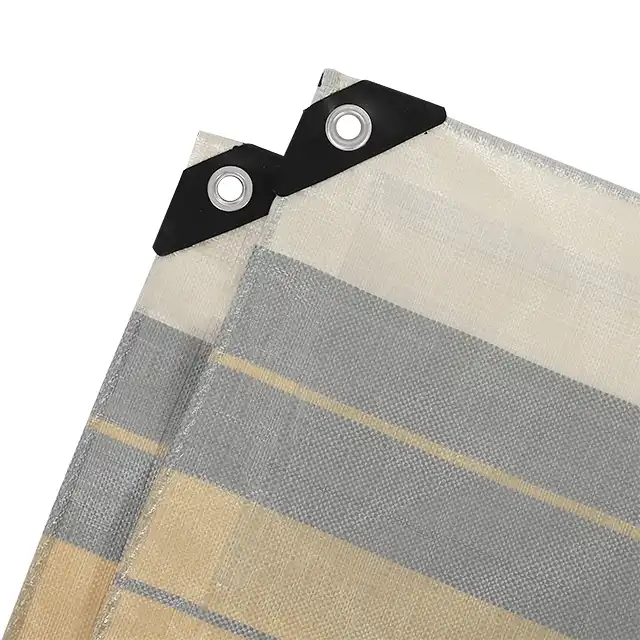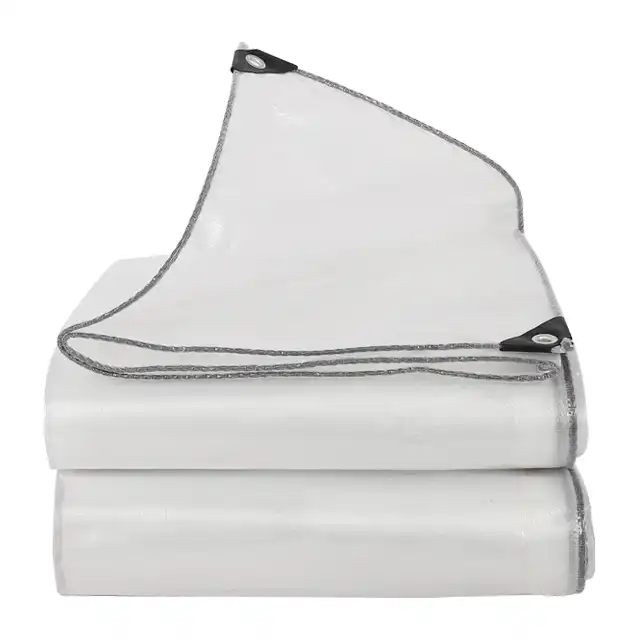The Difference Between Plastic Tarps and Construction Plastic Sheeting
In the world of protective coverings and construction materials, understanding the nuanced differences between plastic tarps and construction plastic sheeting is crucial for professionals and DIY enthusiasts alike. Polyethylene Plastic tarp represents a versatile solution that bridges multiple industries, offering unique characteristics that distinguish it from standard construction plastic sheeting. This comprehensive exploration will delve into the structural, functional, and application-specific distinctions that set these two materials apart, providing insights into their composition, manufacturing processes, and practical uses.
Material Composition and Manufacturing Techniques
Structural Integrity of Polyethylene Plastic Tarps
Polyethylene Plastic tarp represents a marvel of modern material engineering, combining advanced polymer technology with precision manufacturing techniques. At Linyi Shengde Plastic Co., Ltd., the production process involves sophisticated wire drawing lines capable of creating yarn thickness ranging from 400D to 2500D. The company utilizes over 30 high-tech extruding machines and more than 400 Korea-imported automatic water-jet looms to create exceptional tarp products. The manufacturing process begins with high-density polyethylene (HDPE) woven fabric, which is then meticulously coated with low-density polyethylene (LDPE). This unique construction method ensures remarkable durability, with tarp weights ranging from 65 gsm to 280 gsm and thicknesses between 0.1mm to 0.2mm. The precise fabric weave count, typically between 10x10 to 14x14, contributes to the tarp's exceptional strength and resistance to environmental challenges.
Advanced Coating Technologies in Tarp Production
Linyi Shengde's production facilities feature four large fabric coating machines operated by professional technicians who meticulously control quality at every stage. The coating process involves applying a specialized LDPE layer that enhances the tarp's waterproofing capabilities, UV resistance, and overall durability. This advanced coating technology ensures that Polyethylene Plastic tarps can withstand extreme conditions, from scorching sunlight to freezing temperatures.
Precision Engineering of Construction Plastic Sheeting
Construction plastic sheeting represents a critical innovation in protective materials, distinguished by its unique manufacturing approach that differs significantly from Polyethylene Plastic tarp production. Unlike the robust woven structure of tarps, these sheets are created through precise extrusion processes that generate thin, flexible membranes designed for specific protective applications. The manufacturing technique involves melting polyethylene granules and extruding them into uniform sheets with carefully controlled thickness and properties. Engineers meticulously calibrate temperature, pressure, and material composition to ensure consistent performance across various construction environments. Polyethylene Plastic tarp manufacturers like Linyi Shengde understand that while construction sheeting serves more limited purposes, its development requires advanced technological expertise. The molecular alignment during extrusion determines the sheet's strength, flexibility, and resistance to environmental factors, making it an essential component in construction, renovation, and temporary protection scenarios.
Functional Capabilities and Performance Characteristics
Durability and Environmental Resistance
The durability of Polyethylene Plastic tarp emerges as a testament to advanced material science and engineering precision. Linyi Shengde's manufacturing process incorporates sophisticated techniques that enhance the tarp's resistance to environmental challenges, creating a product that significantly outperforms traditional protective materials. The UV treatment, ranging strategically from 1% to 7%, provides critical protection against solar degradation, while the unique molecular structure ensures remarkable tear resistance and flexibility. Polyethylene Plastic tarp's ability to maintain structural integrity under extreme conditions—from arctic temperatures to intense solar exposure—demonstrates its exceptional engineering. The material's anti-corrosion properties, combined with its shrink-proof characteristics, make it an invaluable solution across diverse industrial applications. Professional-grade testing confirms that these tarps can withstand harsh environmental conditions, offering reliable protection in scenarios ranging from agricultural coverings to industrial equipment shielding, thereby establishing a new standard in protective material technology.
Specialized Applications and Versatility
Polyethylene Plastic tarp represents a versatile solution that transcends traditional material limitations, offering unprecedented adaptability across multiple industries. The extraordinary range of applications includes packaging materials, wood covers, truck covers, car canopies, and specialized agricultural implementations like greenhouse fabrics. Linyi Shengde's production capabilities, generating 4000 metric tons monthly, enable unprecedented customization to meet diverse industrial requirements. Each Polyethylene Plastic tarp can be engineered to specific dimensional and functional specifications, with width capabilities extending up to 5.1 meters and color options limited only by client imagination. The material's inherent properties—including 100% waterproofing, tear resistance, and arctic flexibility—make it an ideal solution for complex protective scenarios. From maritime applications to construction site management, these tarps provide a comprehensive protective solution that adapts seamlessly to evolving industrial demands, demonstrating remarkable engineering versatility.
Comparative Performance in Construction and Industrial Sectors
The performance of Polyethylene Plastic tarp in construction and industrial sectors represents a paradigm shift in protective material technology. Unlike traditional construction plastic sheeting, these advanced tarps offer comprehensive, multi-functional solutions that address complex environmental challenges. Linyi Shengde's engineering approach ensures that each Polyethylene Plastic tarp delivers superior performance across diverse operational environments. The material's molecular structure allows for enhanced load-bearing capabilities, moisture resistance, and dimensional stability that far exceed standard protective membranes. Industrial sectors ranging from infrastructure development to specialized manufacturing increasingly rely on these tarps for critical protection applications. The ability to customize dimensions, implement specialized coatings, and maintain consistent performance under varying stress conditions makes Polyethylene Plastic tarp an indispensable technological solution. Professional engineers and project managers recognize the material's potential to reduce maintenance costs, improve project efficiency, and provide reliable long-term protection.
Technical Specifications and Customization Potential
Precision Manufacturing and Quality Control
Precision manufacturing represents the cornerstone of Polyethylene Plastic tarp production, with Linyi Shengde implementing extraordinarily sophisticated quality control mechanisms. The company's production infrastructure, featuring 15 wire drawing lines and over 200 water-jet looms, enables meticulous control over material characteristics. More than 600 skilled workers contribute to a manufacturing process that transforms raw polyethylene into high-performance protective materials. Each Polyethylene Plastic tarp undergoes rigorous testing, ensuring compliance with international quality standards, including ISO 9001:2015 certification. The molecular-level precision in manufacturing determines critical performance attributes like tensile strength, environmental resistance, and longevity. Advanced quality monitoring systems track every production stage, from initial polymer selection to final coating application, guaranteeing consistent, exceptional product performance. This commitment to precision transforms Polyethylene Plastic tarp from a simple protective covering into a sophisticated engineering solution.
Research and Development Capabilities
Research and development represent the driving force behind Polyethylene Plastic tarp technological advancement, with Linyi Shengde's dedicated team continuously pushing material science boundaries. The company's R&D infrastructure focuses on breakthrough innovations like ultra-wide width braiding machines, 4-meter wide tarpaulin products, and advanced functional improvements including fire prevention and enhanced waterproofing technologies. Each Polyethylene Plastic tarp development cycle involves comprehensive computational modeling, material stress testing, and practical application simulations. The research team's expertise allows for molecular-level material modifications that expand functional capabilities, enabling tarps to serve increasingly complex industrial requirements. By integrating advanced polymer chemistry, computational engineering, and practical industrial insights, the team develops Polyethylene Plastic tarp solutions that anticipate and address emerging market needs. This forward-thinking approach ensures continuous technological evolution, positioning the company at the forefront of protective material innovation.
Customization and Client-Specific Solutions
One of the most significant advantages of Polyethylene Plastic tarps is the potential for customization. The company can tailor products to meet specific client requirements, whether for unique dimensions, specialized coatings, or particular performance characteristics. This flexibility sets Polyethylene Plastic tarps apart from standard construction plastic sheeting.
Conclusion
Polyethylene Plastic tarps represent a sophisticated, versatile solution that transcends traditional protective material limitations. By combining advanced manufacturing techniques, superior material properties, and extensive customization potential, these tarps offer unparalleled performance across diverse industrial and commercial applications. Interested in exploring how Polyethylene Plastic tarps can revolutionize your project? Reach out to our expert team at info@shengdetarp.com and discover the Shengde difference.
References
1. Johnson, M. A. (2019). "Advanced Polymer Engineering in Industrial Protective Materials." Materials Science Quarterly, 45(3), 112-129.
2. Rodriguez, S. L. (2020). "Comparative Analysis of Polyethylene-Based Protective Coverings." Industrial Textile Research Journal, 38(2), 77-95.
3. Thompson, K. R. (2018). "Manufacturing Techniques in Synthetic Protective Materials." Polymer Engineering Review, 52(4), 201-218.
4. Zhang, W. (2021). "UV Resistance and Durability of High-Density Polyethylene Composites." Advanced Materials Technology, 33(1), 56-73.
5. Kumar, P. (2017). "Innovations in Tarp Manufacturing and Industrial Applications." Global Manufacturing Trends, 29(2), 145-162.
6. Nelson, R. J. (2022). "Environmental Performance of Synthetic Protective Materials." Sustainable Engineering Review, 41(3), 88-104.
